
Contact
Yowie / Bigfoot
1950
Paging the Sasquatches
The World's News (Sydney, NSW)
Date: 18 February, 1950
Page Number: 18

AN expedition from the University of New Mexico is investigating reports of cavemen up to 9ft high, with beetling brows and hairy bodies, who are said to hide in the unmapped hinterland of Alberta and British Columbia. The cavemen are known as Sasquatches by Indians and white men who have heard rumors of them and seen their footprints - "16in long and 7in wide." The expedition may settle the question of their existence, besides investigating traces of early Indian civilisation near Macleod, Alberta.
Can't seem to find any information about this particular investigation. Perhaps it refers to the work of Canadian archaeologist,
Boyd Wettlaufer.
While stationed in Alberta with the Royal Canadian Air Force in the winter of 1943-44, Wettlaufer found the
Belly River meteorite. He subsequently attended the University of New Mexico in Albuquerque, New Mexico, where he studied archaeology.
During
the 1940s and 1950s, Wettlaufer played a key role in the excavations of the Head-Smashed-In Buffalo Jump site in Alberta and the Mortlach
and Long Creek sites in Saskatchewan. His groundbreaking archaeological work in western Canada is considered the foundation of
our knowledge of the Northern Plains First Nations people.
No further mentions of "Sasquatch", though...
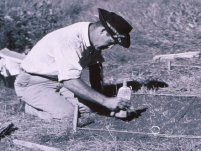
Boyd Wettlaufer c.1954

Bigfoot in the Australian Media
In the early 1950s, the term "big foot" was used to refer to a rugged masculinity:

Some Show Sidelights
Queensland Times (Ipswich) (Qld)
Date: 10 Aug, 1950
Page Number: 2
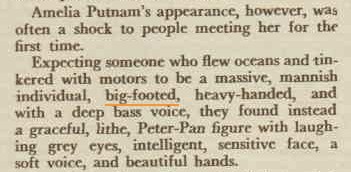
Amelia Earhart: Pioneer af the sky
The Australian Women's Weekly
Date: 9 Sept, 1950
Page Number: 30

All seats were sold out for a mad, sexy play
The Mail (Adelaide, SA)
Date: 14 Oct, 1950
Page Number: 27

The Advertiser (Adelaide, SA)
Date: 4 Dec, 1954
Page Number: 3
Communism Comes to Tibet
Newcastle Morning Herald and Miners' Advocate (NSW)
Date: 7 April, 1950
Page Number: 2

...
In these valleys roam bears, leopards, wolves, foxes, marmots and monkeys. Higher up are the wild asses and the pandas. Above, in the high wastes, are the herds of yak, musk deer, Tibetan antelope, wild sheep and wild goats. Highest of all are the strange creatures compounded by mysticism and men's fears-the abominable snow men, half-man, half-beast.
Do not say the abominable snow man, as the Tibetans call him, is unreal. Tilman and other Everest explorers say they have seen his footprints in the snow. The Tibetan mountaineers say he walks upright like a man; and that he is enormous n size and evil as sin. There has been more than one letter in the solemn London "Times" affirming that the abominable snowman exists. Who are we to say that he is only a product of high Himalayan dreams, insubstantial like the walker of the snow?
...

Emerging with control over most of mainland China after the Chinese Civil War, the People's Republic of China incorporated Tibet in 1950

'Saw footprints' of legendary monster
Newcastle Morning Herald and Miners' Advocate (NSW)
Date: 4 December, 1951
Page Number: 19

New Delhi, Mon.: The British Himalayan. expedition is reported to have found, and photographed footprints of the legendary "abominable snowman" during their recent reconnaisance of Mount Everest.
Mr. Eric Shipton, 44, leader of the expedition, is also reported to have met and talked to a hillman who has seen the mysterious, semi-human, gorilla-like monster which is supposed to inhabit the icy regions of the Himalayas where no other living thing can go.
According to reports, the tracks Shipton's party saw were triangular shaped and larger even than those of their snowshoes.
Shipton, who arrived in Delhi last week after the three-month expedition to Everest, is due to leave by air for London tomorrow
.
He is understood to be carrying with him photographs of the "abominable snowman's" footprints. It is expected Shipton's photographs will be examined in London by leading zoologists.
Legends describe the snowman as large, fierce, and carnivorous, and man-eating.
British climber Frank Smythe, doing a climb in the Himalayas in 1937, reported finding an "imprint of a huge, naked foot, apparently of a biped," about 13 in. long with five front toes and three back ones.
Smythe believed the tracks might be those of a bear with the edges melted away into larger footprints, but local hillmen insist all the tracks are those of the dreaded "abominable snowman," and nothing will induce them to trace them to their source.—AAP.
1951
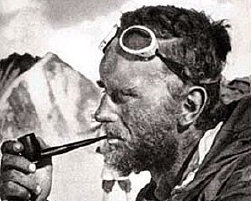
Eric Earle Shipton CBE (1 August 1907 – 28 March 1977) was a distinguished British Himalayan mountaineer.

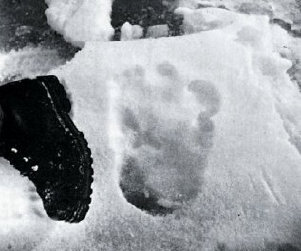
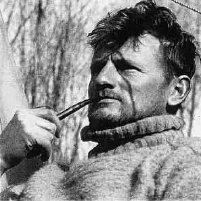
Francis Sydney Smythe, better known as Frank Smythe
or F. S. Smythe (6 July 1900 – 27 June 1949), was a
British mountaineer, author, photographer and botanist.
He is best remembered for his mountaineering in the
Alps and the Himalayas.

Also reported in:
The Newcastle Sun (NSW), The Dubbo Liberal and Macquarie Advocate (NSW), The Mercury (Hobart, Tas.), Newcastle
Morning Herald and Miners' Advocate (NSW), National Advocate (Bathurst, NSW), Advocate (Burnie, Tas.), Daily Advertiser (Wagga Wagga,
NSW), The Sydney Morning Herald (NSW), Examiner (Launceston, Tas.), The Advertiser (Adelaide, SA), Daily Mercury (Mackay, Qld.), Northern
Star (Lismore, NSW), Maryborough Chronicle (Qld.)
Everest "Snowmen" Are Strangely Shy
Sydney Morning Herald (NSW)
Date: 6 December, 1951
Page Number: 2
ACCORDING to a cabled report from New Delhi, the British Himalayan Expedition has photographed footprints of the legendary "Abominable Snowman" on the slopes of Mount Everest.
The history of the Snowman starts with the first Mount Everest Expedition—the reconnaissance of 1921.
The people of Tibet, like most other dwellers in mountain lands, have many legends about mysterious beings who inhabit the towering peaks. The Snowman was regarded as merely another legend.
In 1921, however, Colonel Howard Bury, leader of the expedition of that year, came across footprints resembling in shape those of human beings on the Lhakpa La, the 21,000-foot pass to the north-east of Everest.
His porters said that they were tracks of "the wild men of the snows."
A Mr. Henry Newman, then living at Darjeeling, got into conversation with these porters when they returned home.
They gave him a description of the "wild men." Their feet, said the porters, were turned backward, to enable them to climb more easily. Their hair was long and matted. If they pursued anyone, he needed only to run downhill. The "wild men" could not follow because their hair fell over their eyes.
The porters called these creatures "Metch kangmi," meaning "Abominable snowmen." The next report came in 1936.
The well-known traveller Mr. Ronald Kaulback was making a journey through the Upper Salween. He reported having seen, at an altitude of 16,000 feet, "five sets of tracks which looked exactly as though made by a bare-footed man."
Mr. Kaulback added that it was established that no bears existed in the locality.
Corroborative evidence was forthcoming from a certain Wing Commander Beauman, who had seen similar tracks in the Central Himalayas.
In the following year, on a snow-covered pass, 16,500 feet up in the Central Himalayas, Mr. F. S. Smythe, accompanied by three Sherpa porters, came across what he called "the imprints of a huge foot, apparently of a biped," fresh in the snow.
The porters, terrified, wished to flee. But Mr. Smythe carefully measured and photographed the tracks from all angles.
In due course, the photographs were developed and submitted to a team of expert zoologists, headed by Dr. Julian Huxley, who pronounced' the footprints those of a bear, Ursus arctus pruinosus.
The mystery-appeared to have been solved.
But within a few weeks (1937 was an active year in the Himalayas) another, equally credible, witness announced that he had seen tracks which, whatever else they might have been, were certainly not those of any bear.
"They were roughly circular," he wrote) "about a foot in diameter, nine inches deep, and 18 inches apart." The Sherpa porters at once pronounced them to be those of the Snowman.
The next two pieces of evidence came from Mr. H. W. Tilman, who went on the 1938 Mount Everest Expedition.
At 19,000 feet in the Zemu Gap he observed what he took to be footprints. A German expedition was in the neighbourhood, and as the prints in the snow were fresh he assumed that they belonged to the Germans.
Subsequently, he discovered that the Germans had not walked over the route on that day. Nor was anyone else about who could have made the trail.
A friendly Tibetan Abbot showed Mr. Tilman what he described as "a large lump of greenish black rock, weighing perhaps ½ cwt. On its smooth flat surface was the clear impress of a large human foot."
The geologist with Mr. Tilman was at a loss to say what the stone was, or whose foot it could be. The scientific evidence later collected, however, suggested that the rock had come from well above the snow line.
Lieutenant-Colonel Charles Kenneth Howard-Bury DSO, DL, JP (15 August 1881 – 20 September 1963) was a British soldier, explorer, botanist and Conservative politician.

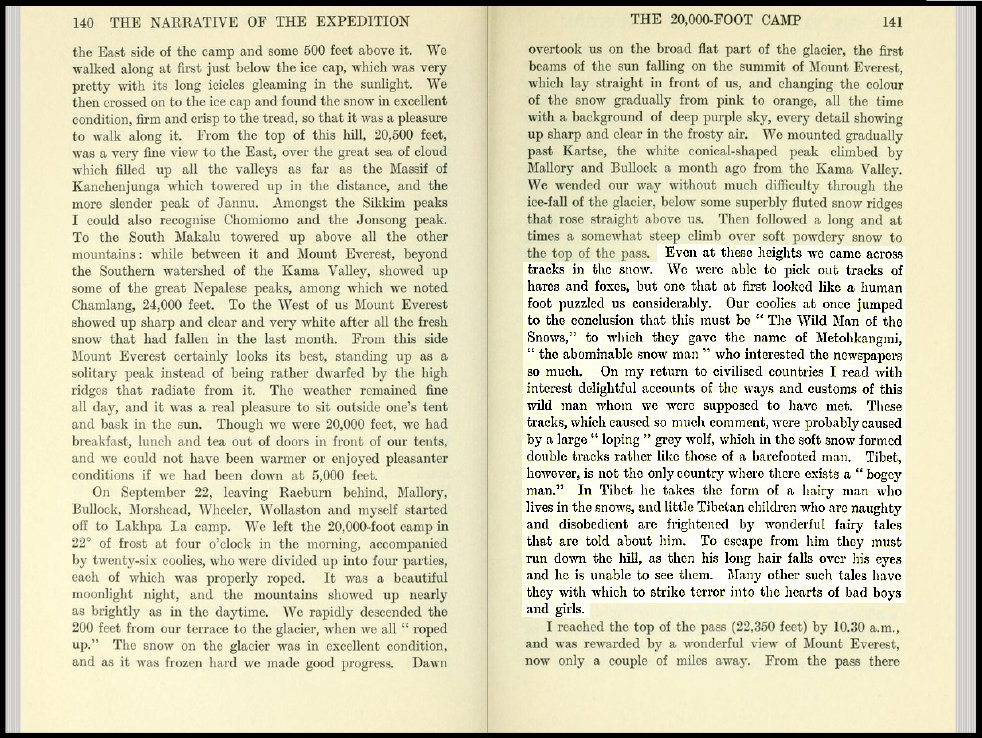
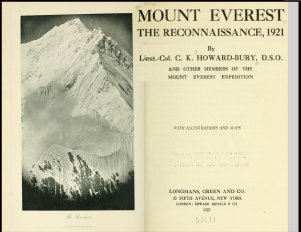


Ronald John Henry Kaulback (23 July 1909 – 1995) was
a British explorer, botanist and geographer. After studying
at the University of Cambridge and learning surveying at
the Royal Geographical Society he accompanied Frank
Kingdon-Ward on an expedition to Tibet. For political
reasons he was forbidden to continue on the second part
of that journey...
... There were not just one set of tracks but five of them. Laulbach had four Sherpa porters
with him. All four were agreed on the existence of the metohkangmi,
(abominable Snowman) but only two
said that these particular tracks had been made by them; the other two were willing to admit that they might be made by snow
leopards. Though Kaulbach stressed that “there are no bears in that part of the country,” he was told later that the tracks must have
been made either by bears or
by an unknown species of monkeys. Kaulbach replied that neither bears
nor giant pandas occur in this area, that there are no monkeys there either, and furthermore
that any
monkeys living there would not go above the snowline. He might have added (but didn’t) that “an unknown species of monkeys” would
be a very interesting
discovery too... [pg 79]
Wing Commander Bauman
(seeking information)

Sir Julian Sorell Huxley FRS (22 June 1887 – 14 February 1975) was a British evolutionary biologist, eugenicist, and
internationalist. He was secretary of the Zoological Society of London (1935–1942), the first Director of UNESCO, a founding
member of the World Wildlife Fund and the first President of the British Humanist Association.


Home
Tibetan blue bear
(Ursus arctos pruinosus)

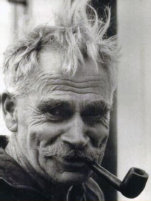
Major Harold William "Bill" Tilman, CBE, DSO, MC and Bar, (14 February 1898–1977) was an English mountaineer and explorer,
renowned for his Himalayan climbs and sailing voyages.
His climbing career, however, began with his acquaintance with Eric Shipton in Kenya, East Africa, where they were both coffee
growers. Beginning with their joint traverse of Mount Kenya in 1929 and their ascents of Kilimanjaro and the fabled "Mountains
of the Moon" Ruwenzori, Shipton and Tilman formed one of the most famed partnerships in mountaineering history. When it
came time to leave Africa, Tilman was not content with merely flying home but rode a bicycle across the continent to the West
Coast where he embarked for England.

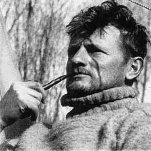
Francis Sydney Smythe

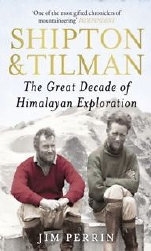
Bill Tilman, BBC Radio, 1949: “I am at a loss to express a definite opinion. I merely affirm the tracks for which no adequate explanation
is forthcoming have been seen, and will no doubt continue to be seen, in the Himalaya, and until a better claimant is found we may
as well attribute them to their rightful owner, the Abominable Snowman.” [pg 381-2]
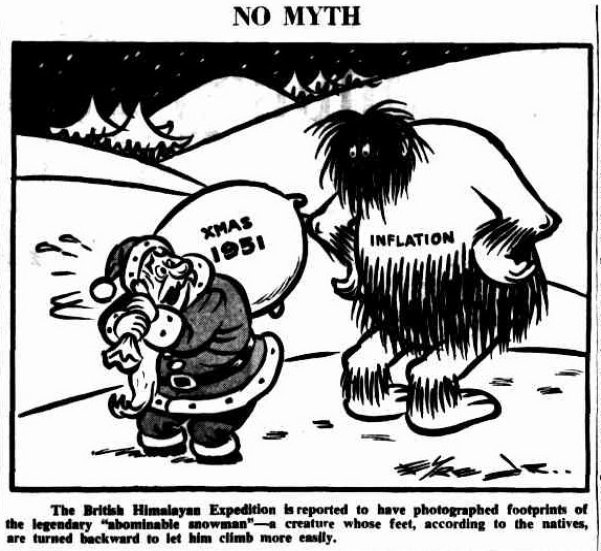
The Sydney Morning Herald (NSW)
Date: 7 December, 1951
Page Number: 2



































